FAQs
Why is indoor air quality important?
Indoor air can be more polluted than outdoor air due to dust, pet dander, viruses, chemical fumes, viruses, and other particles trapped inside homes and buildings. Poor indoor air quality can aggravate allergies, asthma, and other health issues.
What are common indoor air pollutants?
Common indoor air pollutants include relatively harmless particles like dust, pet dander, viruses, and fabric fibers. More serious pollutants include mold, radon, carbon monoxide, lead, asbestos, nitrogen dioxide, and secondhand smoke.
How can I improve indoor air quality?
Steps to improve indoor air quality include identifying and eliminating sources of pollution, like smoking indoors, using ventilator systems to remove stuffy air, installing air purifiers with HEPA filters, controlling humidity levels, and increasing airflow by opening windows when possible.
What is the role of air quality testing?
If the health of occupants is a concern, air quality testing is crucial for understanding pollution levels and sources, assessing health impacts, and identifying effective actions to reduce pollution.
Should I monitor my air quality?
Yes, but know the limitations. While the cost of monitoring devices and maintenance of the system might be a concern; many low-cost air quality monitors use sensors which can be inaccurate compared to more expensive monitors. Sensor performance can degrade over time due to “drift”, a gradual change or shift in a sensor’s output over time. This can lead to inaccurate readings, requiring recalibration or replacement.
Another thing to consider is that different sensor brands have varying levels of accuracy for detecting specific pollutants. Additionally, most consumer monitors only detect a few common pollutants like particulate matter (PM) and volatile organic compounds (VOCs). They cannot detect all potential indoor air pollutants, providing an incomplete picture of overall indoor air quality. Further, improper placement near ventilation, pollutant sources, or obstructions can skew readings. Multiple monitors may be needed to get a representative sample.
There are no widely accepted indoor air quality standards or safe thresholds for many pollutants. Expertise is required in many cases for proper interpretation. It’s fair to say that most consumers lack that expertise. Readings have limited meaning without context about exposure levels, duration, and potential health impacts.
